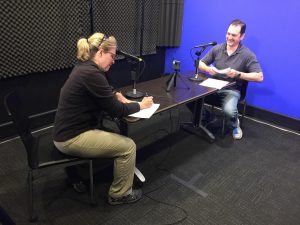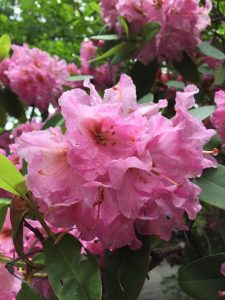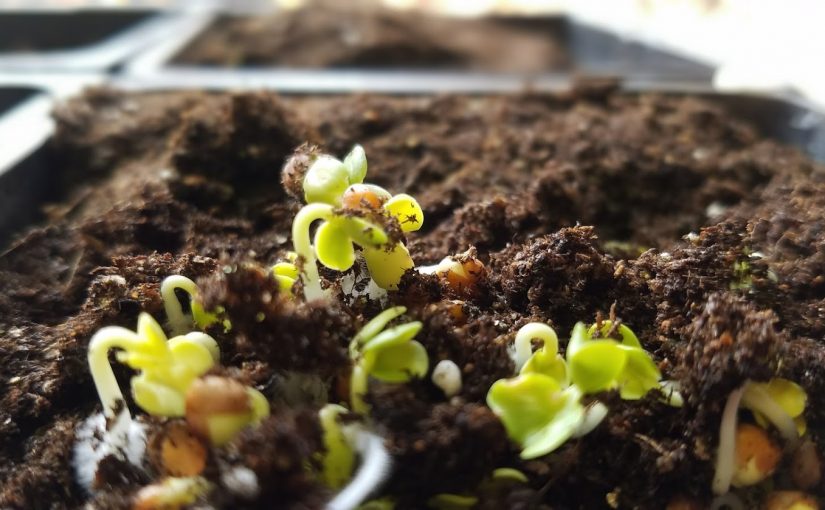By Jeff Gillman

I love stories, and my favorite stories, as you might guess, are true stories about plants. One of the things that I’m best known for here at the UNC Charlotte Botanical Gardens is telling random stories about some odd tidbit or another to students trapped in my classes or visitors locked into garden tours, but recently I found a new way to share my collection of those eclectic plant stories: Podcasting. Not only do I get to talk about all the things that I love to talk about, only those people who really want to hear about them have to listen. It’s a win-win!

From apples and artichokes to digitalis and peyote, our world is full of amazing plants that we interact with on a daily basis. This greenery can sustain us, intoxicate us, cure us of disease, and even kill us.
I have had the opportunity to read about and work with an incredible variety of plants, but the ones that I find most fascinating are those we ingest as food or medicine, and that’s what this podcast is about. From toxic honey made from Rhododendrons to the incredible photosynthetic efficiency of sugar cane and the natural genetic modification of sweet potatoes there are an incredible number of stories that the plants around us have to tell, but if you’re just interested in growing these plants then we have you covered there too. I am doing these podcasts with a friend of mine, Cindy Proctor, who loves to talk about how to grow these plants, so there’s plenty of that in the podcast as well.

So to make a long story short, we would love it if you would take the time to listen to our podcast. You can find it on the podcast app on your iPhone or on Sound Cloud, or here at the Botanical Gardens website.
And since we’re new at this we would love it if you would let us know what you think. You can comment on the blog post here, or on the post on Facebook, or feel free to write to me at jgillman@uncc.edu.

 I recently connected with Joe Lamp’l, host of the Growing a Greener World show on public television and the more recent The Joe Gardener Show podcast to talk about advanced seed starting techniques and technology.
I recently connected with Joe Lamp’l, host of the Growing a Greener World show on public television and the more recent The Joe Gardener Show podcast to talk about advanced seed starting techniques and technology.
